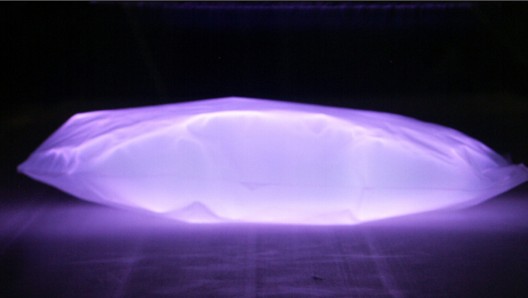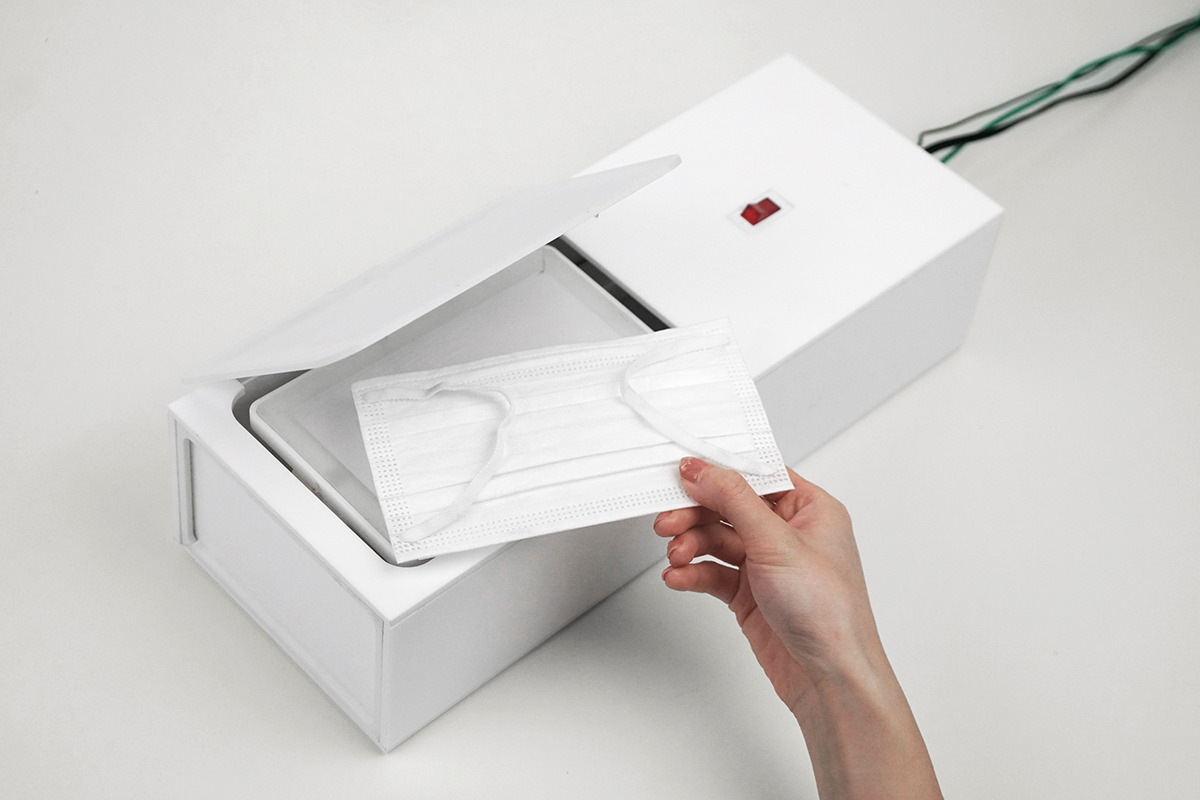The potential for cultivating whole human organs for transplant surgery
The humble Petri dish may soon be a thing of the past. A team of researchers in Germany have developed a new technique for treating plastic bags with plasmas to turn them into sealed, sterile containers suitable for microbiology work with much less chance of contamination than traditional containers. This holds the promise of not only decreasing the possibility of contamination in stem cell and live-cell therapy techniques, but also the potential for cultivating whole human organs for transplant surgery.
The Petri dish is one of those simple, elegant inventions that quietly changed the science world. Consisting of a shallow, straight-sided glass or plastic dish with a matching lipped cover to seal it, the Petri dish has been a staple of biology laboratories since its invention by the German bacteriologist Julius Petri in 1877.
Unlike previous bottles and jars, the Petri dish is easy to fill with various growth media and samples can be introduced or removed without difficulty. The glass dishes are easy to stack and store and simple to sterilize in an autoclave, while the plastic versions are cheap and disposable. This was fine in the days when most biology studies revolved around growing bacteria colonies and similar work, but the rise of stem cell research and the development of techniques using live cells in therapy means that a much higher level of sterility and protection against contamination is required than the Petri dish and other traditional containers can provide.
A possible solution comes from a team of scientists in led by Dr. Michael Thomas at the Fraunhofer Institute for Surface Engineering and Thin Films IST in Braunschwieig, Germany. They have developed a technique for turning plastic bags into sterile, relatively inexpensive bio-containers. This is done by filling the bags with a special gas mixture at atmospheric pressure, then hermetically sealing them. The gas is then subjected to a high-frequency RF electric field, which turns the gas into an electrically-charged plasma. This chemically alters the inner surface of the bag, so that human cells can adhere to it and reproduce. Since the bag remains sealed at all times, it remains sterile. Cells are introduced into the bag using a hypodermic needle and samples are removed the same way, greatly reducing the chances of contamination. Also, like traditional Petri dishes, the bags can be filled with suitable growth media beforehand. However, unlike Petri dishes, experimental gases can be introduced as well before sealing the bag. And, being simply plastic bags, they are disposable, which removes the cost of cleaning and re-sterilization.
Growing organs for transplant
For Dr Thomas and his team, this is only the beginning for the bag’s potential.
Read more . . .
Bookmark this page for “petri dish” and check back regularly as these articles update on a very frequent basis. The view is set to “news”. Try clicking on “video” and “2” for more articles.









